A true rock star: remembering the visionary Elsa Peretti
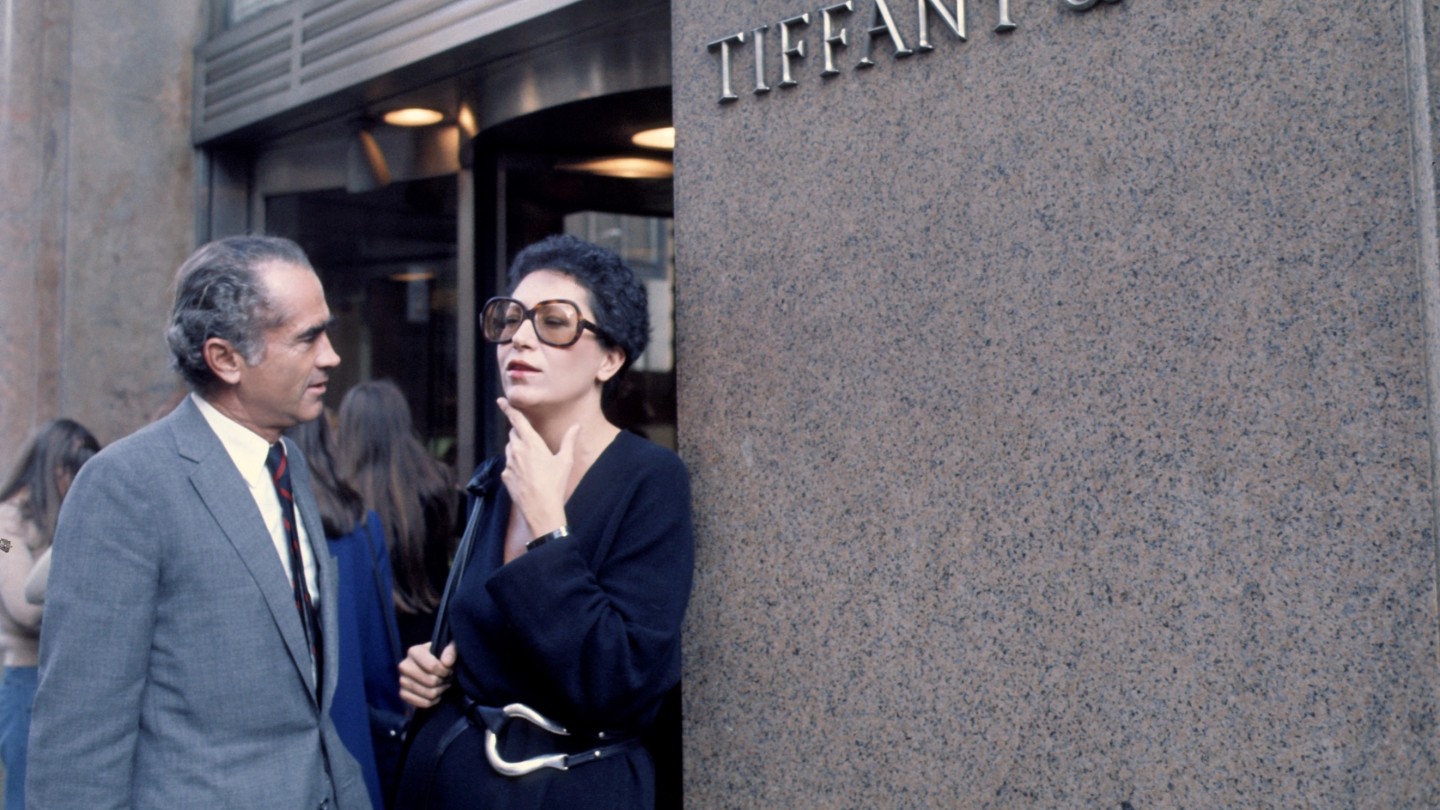
Roula Khalaf, Editor of the FT, selects her favourite stories in this weekly newsletter.
It was the scariest of phone calls: I had wanted to interview Elsa Peretti, my all-time design heroine, for as long as I could remember. I had asked Tiffany & Co (where she had been a named designer since 1974) countless times, but was always told that Peretti didn’t give interviews, was reclusive, it was just not possible. Then suddenly, miraculously, an opportunity opened up: in 2009 a group of iconic Peretti designs had been chosen by the British Museum and, Tiffany said, Peretti might agree to talk about this momentous milestone and recognition of her life’s work. But – and it was a big but – the designer was notoriously wary of publicity and the request had to be genuine, which it was, not PR-generated, which it wasn’t. Which meant I had to contact Peretti myself to make the initial approach. And so came the nerve-wracking, out-of-the-blue call to the most important jewellery designer of modern times.
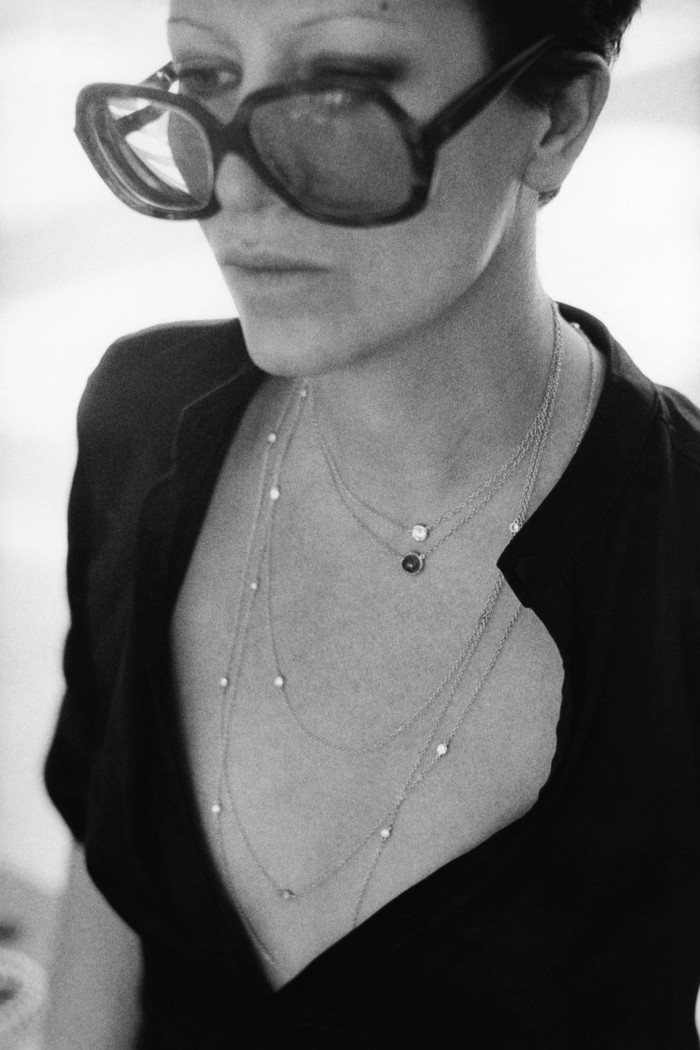
Peretti’s reputation was colossal – not only for her creative genius but also her volatile and fiery temperament. Born in Florence in 1940, she grew up between Rome and Switzerland before moving to Barcelona to pursue a career in fashion modelling, a line of work which took her to New York in 1968, where she continued modelling and also began to design her own jewellery. There she attracted the attention of American fashion designer Halston, who became a friend and collaborator, and with whom she’d frequent Studio 54 alongside Liza Minnelli and Andy Warhol. She began to design jewels to wear for Halston’s and Giorgio di Sant’Angelo’s shows as well as for herself, and before long her designs, so radical at the time in form, fluidity and material – she reinvigorated silver – brought her to the attention of Henry Platt at Tiffany & Co. She liked to tell how she was hired on the spot, at the first interview in 1974, to create her own collection and become a Tiffany named designer. She explained how she emerged onto Fifth Avenue, shell-shocked, and bumped into her great friend, the photographer Hiro.
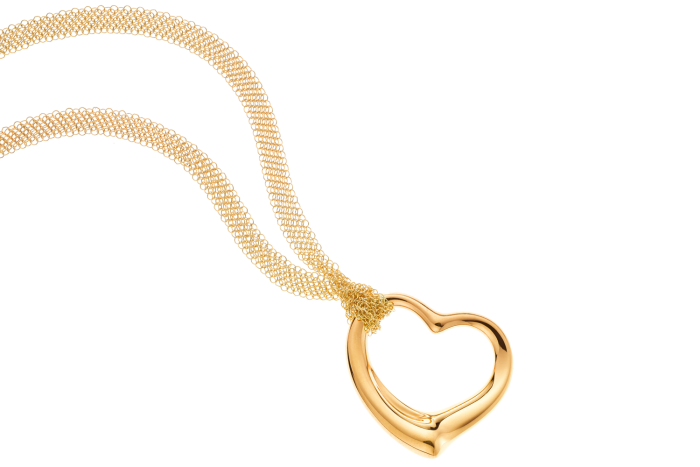

Her tactile and sensually minimal jewels, including the Bone Cuff, the Open Heart and the Bean, became icons of 20th-century design, providing the ’70s working woman with jewellery she could buy for herself and wear for her own pleasure, from day to night. Peretti was the visionary who democratised diamonds in her barrier-breaking Diamonds by the Yard, since copied the world over. Her designs were so powerful yet seemingly effortless, distilling profound emotions, energy, ideas and dreams. Her jewels have become modern-day talismans that cross cultures and generations.
Luckily, my call with Peretti went well, helped by my mention of a mutual acquaintance, the late Samuel Beizer of New York’s FIT, who had developed the technique – adapted from the manufacture of nylon stockings – for her silky gold mesh. It was my first insight into Peretti’s intense and unshakeable loyalty to the artisan who she said brought her designs, dreams and fantasies to life: “To translate ideas, it is magic.”
I was invited – along with my then 16-year-old daughter (to make the meeting less formal) – to interview Peretti in person at her home, in the 16th-century Catalan village of Sant Martí Vell, just outside Barcelona. The designer had restored the area’s once-dilapidated church and houses. one by one, in the late ’60s, taking the humble butcher’s house on one side of the village square for herself. The visit – a once-in-a-lifetime experience – has become the most precious memory of my working life. We stayed in a shadowy house with creaking wooden doors and bat-filled underground tunnels; there was no phone or internet connection, and a dramatic thunderstorm added a finishing, Gothic touch to the whole scenario.
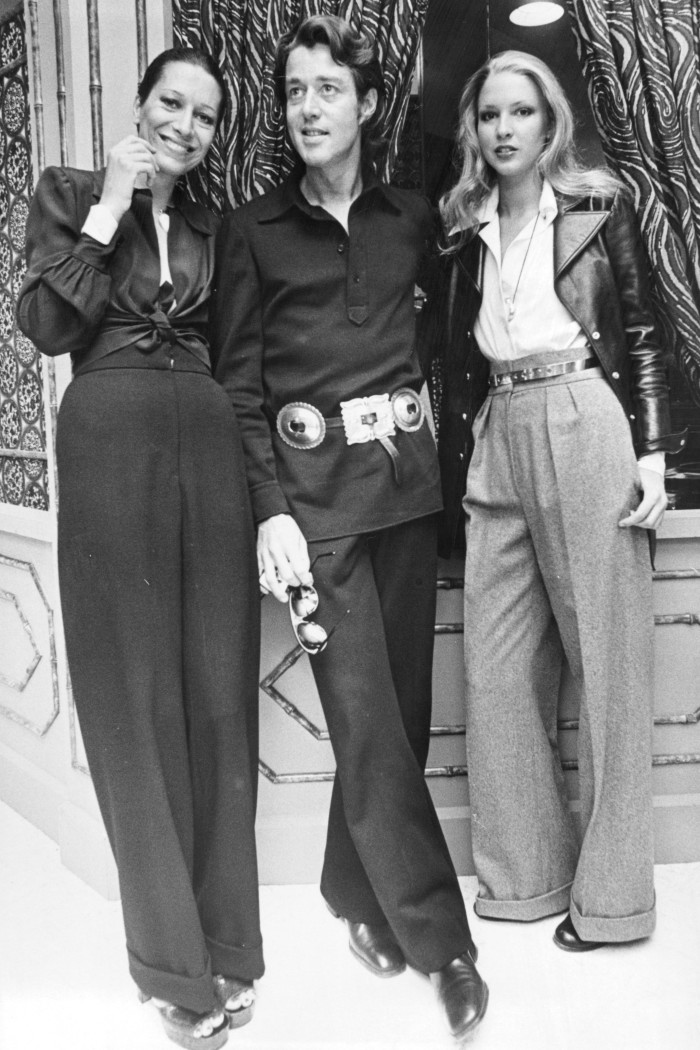
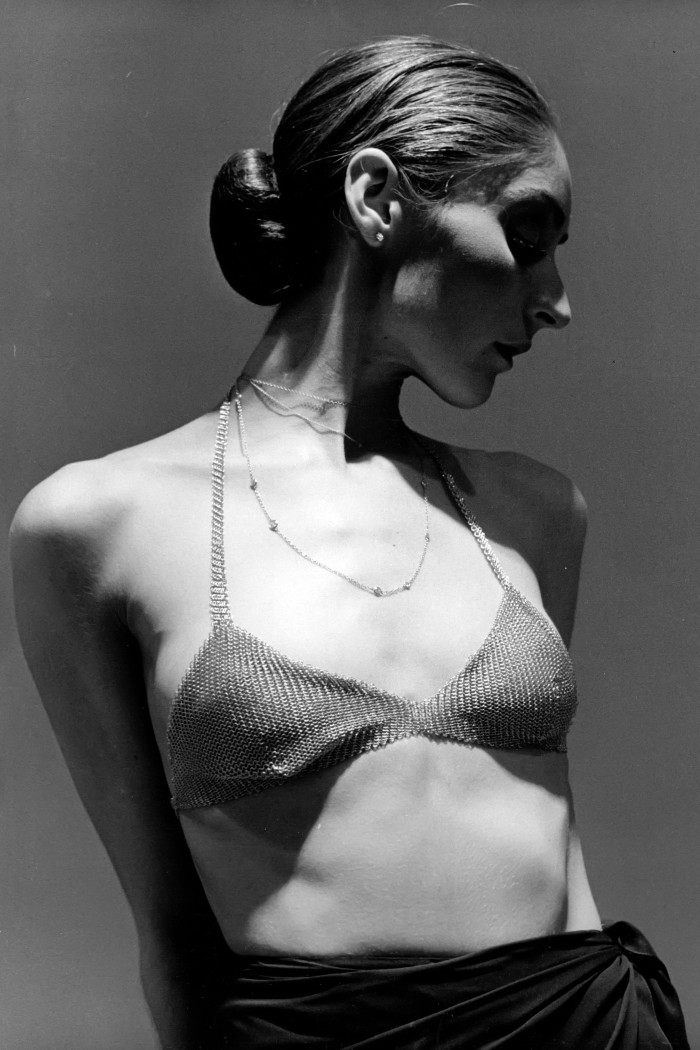
Over the next few days, I listened to Peretti talk about jewellery and craftsmanship, about her life in New York in the 1970s, her uneasiness with success and fame, and her dislike of corporate culture. I tried to hang on her every word and follow each unexpected, dislocated twist and turn in her stream-of-consciousness style of conversation. We moved from house to house, each more exquisitely decorated than the last; we had dinner in the dimly lit, terracotta-walled kitchen of the butcher’s house, and lunch in the tax office; we visited gardens and a vineyard, followed by her beloved dogs. In another building, we toured her private museum, housing the objects and mementoes of her life, including a sketch of her as a baby by Warhol, drawn from a photograph, and the bunny-girl ears from the iconic portrait shot of her against the New York skyline by Helmut Newton.
What I found was a woman of noble, statuesque, androgynous beauty, a beauty somewhat ravaged by a life well-lived. A woman of refined taste and instinctive style. A woman of strength and vulnerability in equal measure – tempestuous, unpredictable, unstoppable – a creative force tormented with self-doubt, divine discontent and a certain wistful melancholy. And, perhaps most of all, a woman of principle, generosity and humanity, who cared so deeply for the world and its people and animals.
I like to think, and I hope, that during that weekend we formed a friendship beyond the purely professional. I visited Sant Martí Vell once more, and we talked on the phone from time to time, most recently late last year, when she expressed her distress at the state of the world, her sense that she didn’t belong in the 21st century.
Her attention, efforts, energy and wealth, she explained, were firmly focused on the work of her charitable foundation, the Nando and Elsa Peretti Foundation (named for father and daughter), which supports environmental and conservation projects, human and civil rights, education and animal welfare. Peretti, creator of the open heart, the seed of life, the teardrop of emotion, left behind an immeasurable legacy: of friendship, loyalty and unparalleled design, those amulets that transcend time and place. The jewels of humanity.
Comments